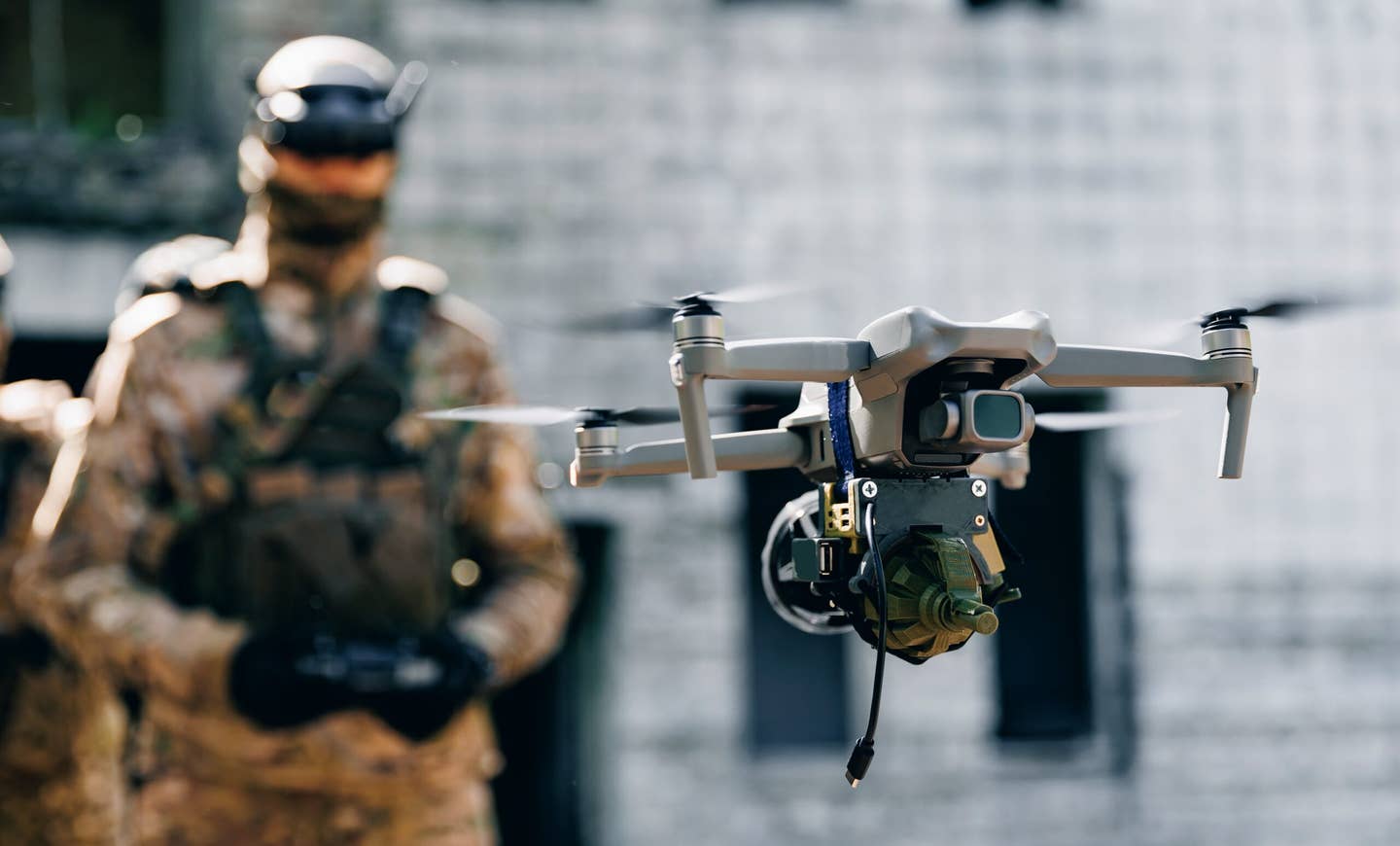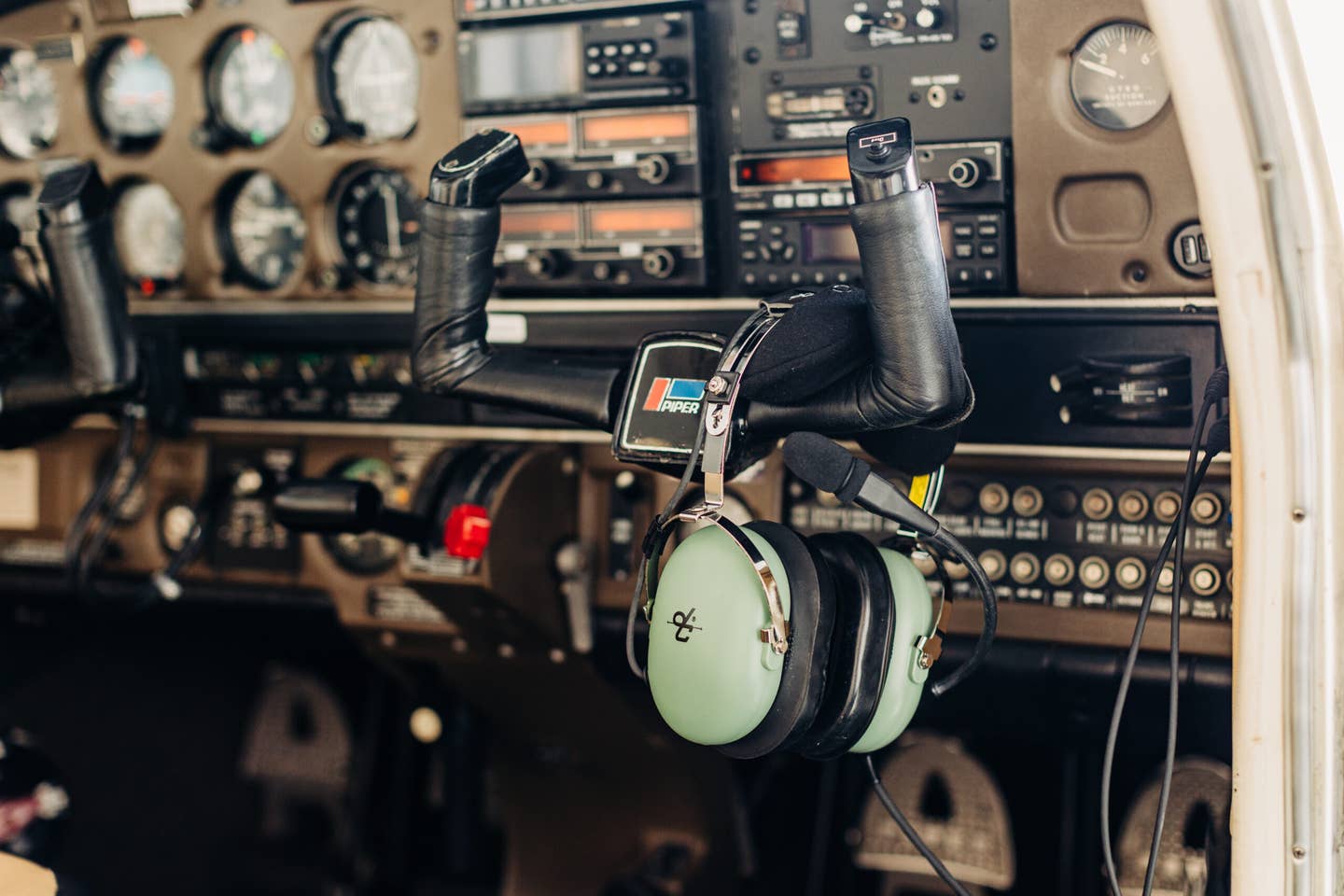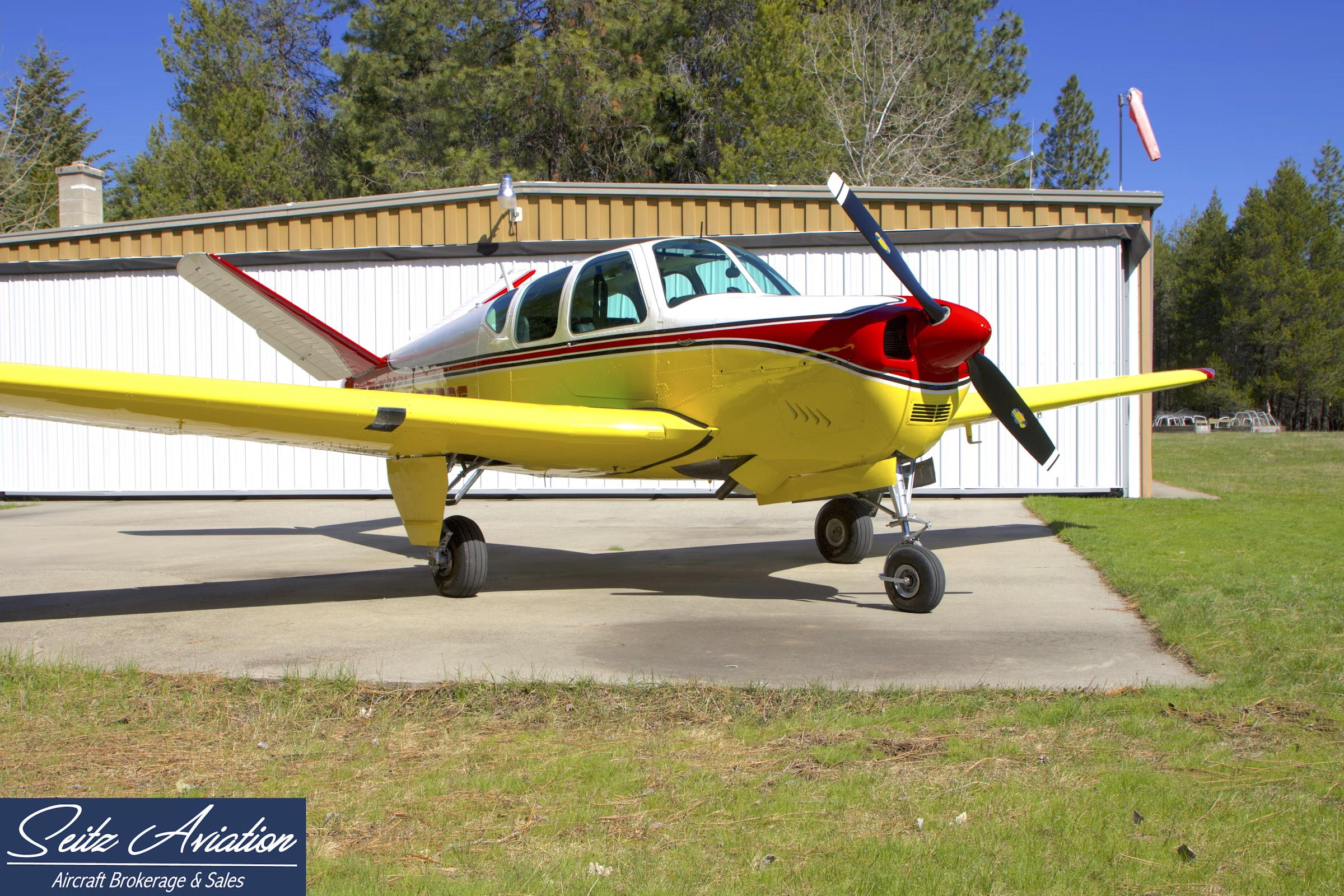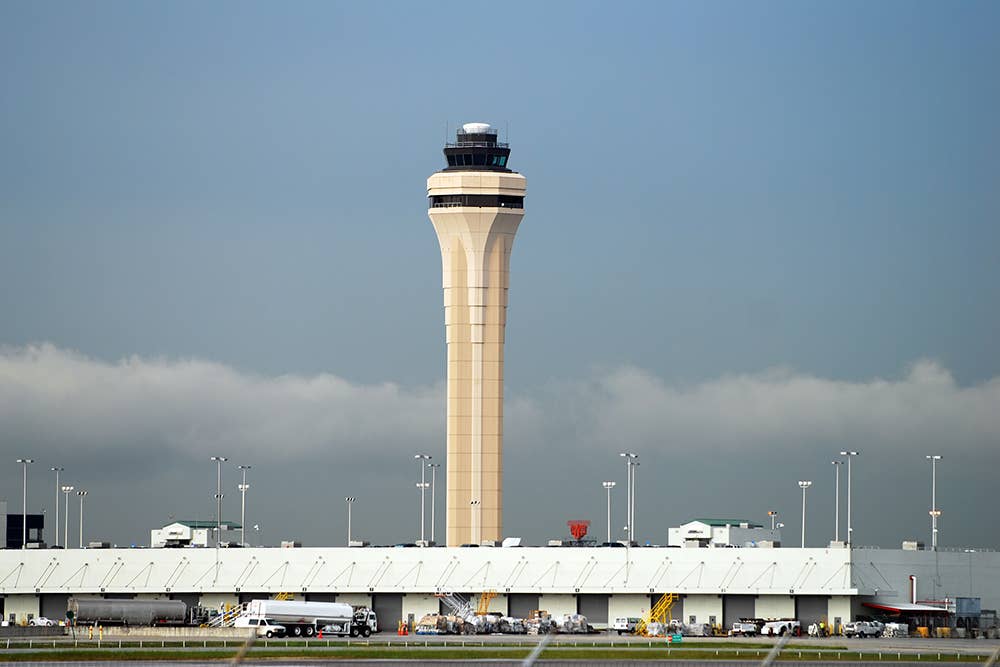NTSB Cites Unauthorized Takeoff in Boston Near-Miss Report
Investigation has attributed a ‘flight crew taking off without clearance’ for the February incident at Logan International between a private jet and airliner.
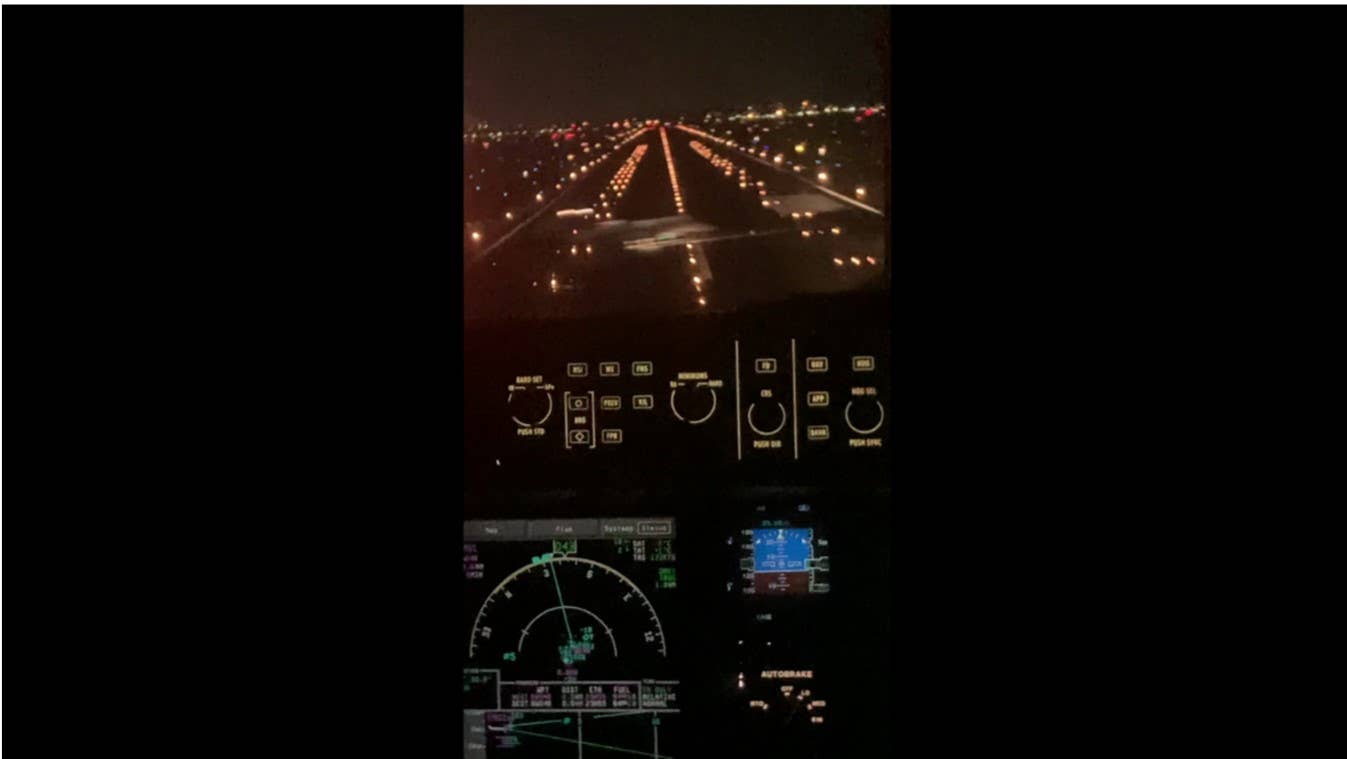
A still image from a video made by the jumpseat occupant [NTSB report]
The National Transportation Safety Board has concluded a near miss involving a JetBlue airliner and a private business jet at Logan International Airport (KBOS) in Boston last winter was caused by the pilot of the private jet taking off without a clearance.
The incident at KBOS happened the night of February 27, 2023, involving a Learjet 60 and a Embraer E-190 operated by JetBlue.
Hop-A-Jet, a private charter company, operated the Learjet 60, which was heading to Fort Lauderdale Executive Airport (KFXE) in Florida. JetBlue Flight 206 was arriving from Nashville, Tennessee.
The Crews Involved
The pilot of the Learjet, age 63, held an airline transport pilot certificate and had approximately 22,544 hours total time, of which 2,317 were in a Learjet 60. He had flown 51 hours in the preceding 30 days.
The copilot of the Learjet, age 23, held an ATP with 2,027 hours total time and 388 in the make and model.
The captain of the Embraer E190, age 36, held an ATP and had a total of 7,505 hours with 1,673 in the E190. The copilot, age 25, also held an ATP and had 2,280 hours total time, of which 75 were in the make and model.
At the time of the incident, the first officer of the JetBlue aircraft was the pilot flying. According to the NTSB, the Embraer was flying the ILS 4 Right and had been cleared to land. The crew of the Embraer was listening to the tower frequency and heard an aircraft being given instructions to line up and wait (LUAW) on Runway 9. Runways 4R and 9 intersect.
"As they entered the flare after crossing the threshold of Runway 4R, about 30 feet above the ground, [the JetBlue pilot] saw an airplane cross 4R on Runway 9 from his left and going to the right, but could not estimate how far away the airplane was," the NTSB report said.
The jumpseat of the Embraer was occupied by an airline employee who was commuting. The jumpseat occupant was not wearing a headset, and the cockpit speakers were not turned on so he could not hear the communication with ATC.
"It was a clear night, so on an approximately 5-mile final for Runway 4R, I decided to video the night approach/landing,” he told NTSB investigators. “On short final, a business jet can be seen crossing our path on their takeoff roll on Runway 9 as our crew performed a go-around. I did not see the business jet until it passed in front of us. I stopped the video shortly thereafter."
A screengrab from the video shows the Learjet directly in the path of the larger airplane. The pilot of the Embraer initiated a go-around.
Per the NTSB report, the captain of the Learjet stated it received clearance to cross Runway 4 Left on Taxiway Echo, then take Taxiway Mike to Runway 9.
"He said they had heard a clearance that seemed to be ‘line up and wait’,” the report stated. “He further stated that he probably responded to the clearance, but in his mind they were cleared for takeoff."
Investigators say a ground-detection system alerted the tower of the aircraft's proximity to each other, so the tower issued a "go-around" to the Embraer.
Meanwhile, the Learjet continued with the takeoff. During cruise, it received a message from ATC providing a phone number to call upon landing.
"The number was called when they arrived at their destination, and they learned they had taken off without authorization and caused an airplane that had been cleared to land on Runway 4 to execute a go-around, passing about 400 feet above them," the report noted.
The NTSB concluded that the probable cause of the incident was the “Hop-A-Jet flight crew taking off without a takeoff clearance.”
As part of the investigation, the pilots, copilots, and jumpseat occupant were interviewed.
"I can not understand what happened to me during the clearance,” the Learjet pilot told NTSB. “The only thing that comes to my mind is that the cold temperature in Boston affected me. I was not feeling completely well and had a stuffed nose."

Sign-up for newsletters & special offers!
Get the latest FLYING stories & special offers delivered directly to your inbox

